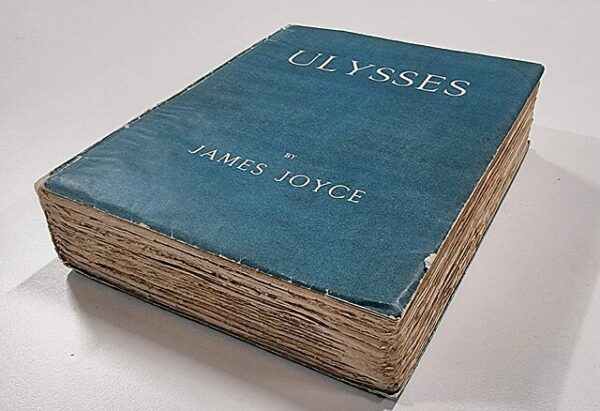Queen Elizabeth II, the longest-reigning monarch in British history, passed away on September 8, 2022, at the age of 96. Her death marked the end of an era that spanned more than seven decades, during which she became a figure of stability and continuity for the United Kingdom and the Commonwealth. As the world mourned her loss, many reflected on the profound impact she had during her reign.
Born on April 21, 1926, Elizabeth Alexandra Mary Windsor became queen at the age of 25 after the sudden death of her father, King George VI, in 1952. Her ascension came at a time when the world was still reeling from the aftermath of World War II, and her reign began with her coronation on June 2, 1953, an event broadcasted for the first time on television. This coronation marked the beginning of a modern era for the British monarchy. Throughout her 70-year reign, Queen Elizabeth II became a symbol of steadfastness, guiding her nation and the Commonwealth through times of significant social, political, and economic change.
Buckingham Palace made the announcement of Queen Elizabeth II’s death at 6:30 PM BST on September 8, 2022. The brief statement read: “The Queen died peacefully at Balmoral this afternoon.” Her passing occurred at Balmoral Castle in Scotland, a place she cherished deeply. She was surrounded by close family members. As news of her death spread, tributes and condolences poured in from leaders around the world. President Joe Biden described her as “a stateswoman of unmatched dignity and constancy,” while French President Emmanuel Macron referred to her as “a queen of hearts” and a “friend of France.”
In the United Kingdom, the news was met with deep sadness. People gathered outside Buckingham Palace, Windsor Castle, and Balmoral Castle to pay their respects, leaving flowers and messages. A period of national mourning was declared, lasting until her state funeral on September 19, 2022. Her death also triggered a series of constitutional and ceremonial changes, with her son Charles immediately becoming King Charles III. In his first address to the nation as king, he paid tribute to his mother, reflecting on her “life well lived” and promising to uphold the traditions and duties she had faithfully carried out.
Queen Elizabeth II’s reign was defined by her unwavering sense of duty and her ability to adapt to a rapidly changing world. She steered the monarchy through the decolonization of Africa and the Caribbean, the Troubles in Northern Ireland, the rise and fall of the European Union’s influence, and the complexities of Brexit. Her capacity to remain apolitical while providing a stabilizing presence was a testament to her wisdom and resilience.
Her legacy is one of service, continuity, and devotion to her people. As the head of the Commonwealth, she worked to promote unity and cooperation among its member nations. Her steady leadership and calm demeanor during times of national and international crises earned her respect and admiration across the globe. The death of Queen Elizabeth II marked the end of a remarkable era not only for the United Kingdom but for the world. Her legacy will endure for generations, and as the world says goodbye to this extraordinary monarch, it also looks forward to the future shaped by the values she embodied throughout her lifetime.






